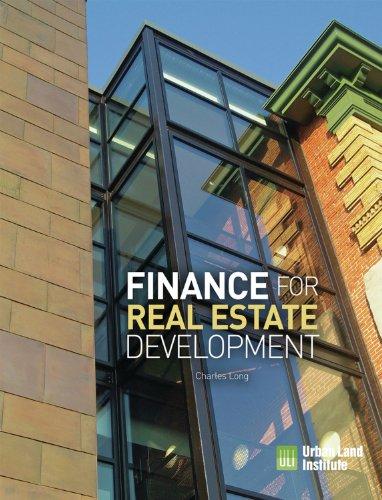Cost of Capital The stock of Apple Inc. sells for $224.29, and last years dividend was $2.72. A flotation cost of 3.51% would be required
Cost of Capital The stock of Apple Inc. sells for $224.29, and last years dividend was $2.72. A flotation cost of 3.51% would be required to issue new common stock. Assume Apple plans to issue $1,125 million worth of preferred stock that pays an annual preferred dividend of $5.15 per share. The new preferred stock could be sold at a price to net the company $220 per share. Security analysts are projecting that the common dividend will grow at a constant rate of 9.8% a year. The firm can issue additional long-term debt at an interest rate of 3.83%, and its marginal tax rate is 26%. The market risk premium is 6.79%, the risk-free rate is 2.86%, and Apples beta is 1.22. The cost of short-term debt for Apple is 4.3%.
Part 1: Component Costs
A) Calculate the after-tax cost of short-term debt (8 points)
B) Calculate the after-tax cost of long-term debt (8 points)
C) Calculate the cost of preferred stock (8 points)
D) Calculate the cost of internal equity using both the CAPM method and the dividend growth approach (8 Points)
Part 2: Capital Structure
Visit the following website: https://investor.apple.com/investor-relations/sec-filings/ Under the SEC Groupings select Quarterly and choose the 10-Q report from August 1, 2018 in PDF format. On page 5, use the 2018 balance sheet values to estimate and identify the capital structure:shortterm debt (Commercial paper), long-term debt (Long-term debt), and common equity (Shares outstanding*stock price). Assume that Apple plans to raise capital according to current book weights (short-term and long-term debt) and market weights (common equity and preferred stock) in the future.

Page 5.
E) Calculate the capital structure weights (8 points)
F) Calculate the weighted average cost of capital (8 points)
G) Calculate the cost of new common stock (external equity) (8 points)
H) Calculate the weighted average cost of capital for new common stock (8 Points)
I only need PART 2 (E,F,G,H)
| Part 1: Component Costs | |
| A) Cost of Short-Term Debt | |
| T | |
| rstd | |
| After-tax cost of short-term debt | |
| B) Cost of Long-Term Debt | |
| T | |
| rd | |
| After-tax cost of long-term debt | |
| C) Cost of Common Equity | |
| CAPM Appraoch: | |
| b | |
| rRF | |
| RPM | |
| rs | |
| Dividend Growth Approach: | |
| D0 | |
| g | |
| D1 | |
| P0 | |
| rs | |
| D) Cost of Preferred Stock | |
| Dps | |
| Pps | |
| rps | |
| Part 2: Capital Structure | |
| E) Capital Structure Weights | |
| Amount of Short term debt (millions) | |
| Amount of Long term debt (millions) | |
| Amount of Common equity (millions) | |
| Amount of Preferred stock (millions) | |
| Wsd | |
| Wd | |
| Ws | |
| Wps | |
| F) Weighted Average Cost of Capital | |
| After-tax cost of short-term debt | |
| After-tax cost of long-term debt | |
| rs (based on CAPM) | |
| rps | |
| WACC | |
| G) Cost of New Common Stock | |
| D0 | |
| g | |
| D1 | |
| F | |
| P0 | |
| re | |
| H) Weighted Average Cost of Capital for New Stock | |
| After-tax cost of short-term debt | |
| After-tax cost of long-term debt | |
| re | |
| rps | |
| WACC (assuming new stock) | |
Step by Step Solution
There are 3 Steps involved in it
Step: 1

See step-by-step solutions with expert insights and AI powered tools for academic success
Step: 2

Step: 3

Ace Your Homework with AI
Get the answers you need in no time with our AI-driven, step-by-step assistance
Get Started


